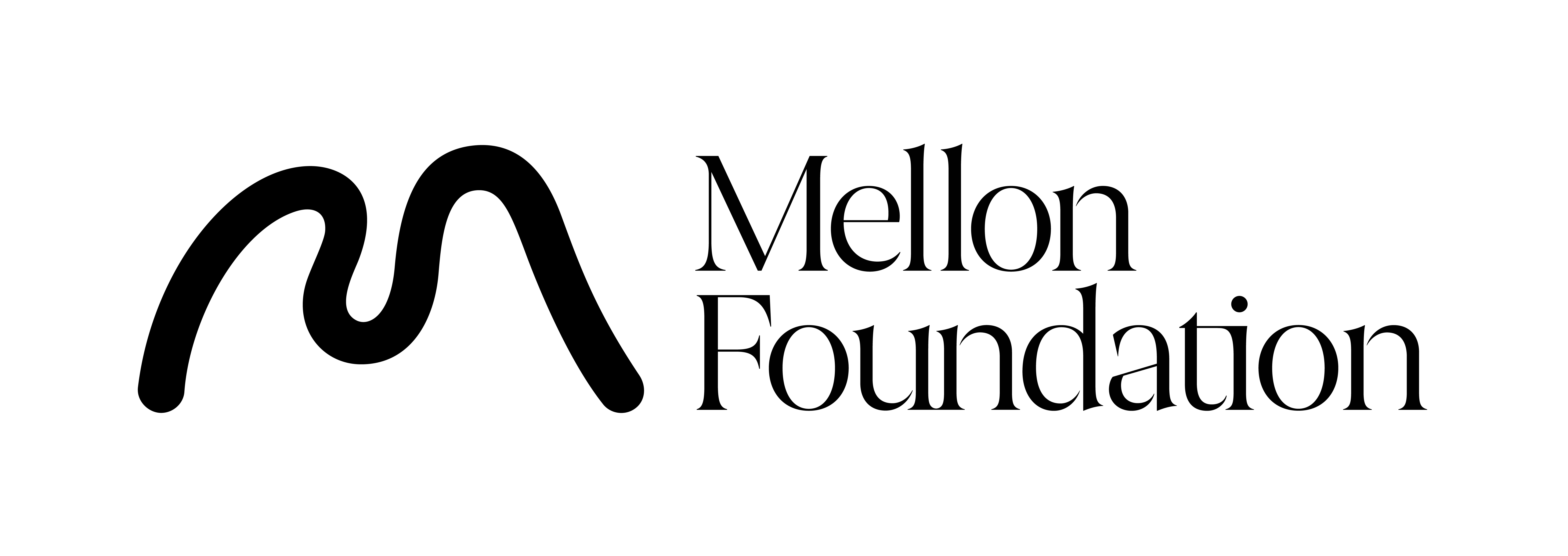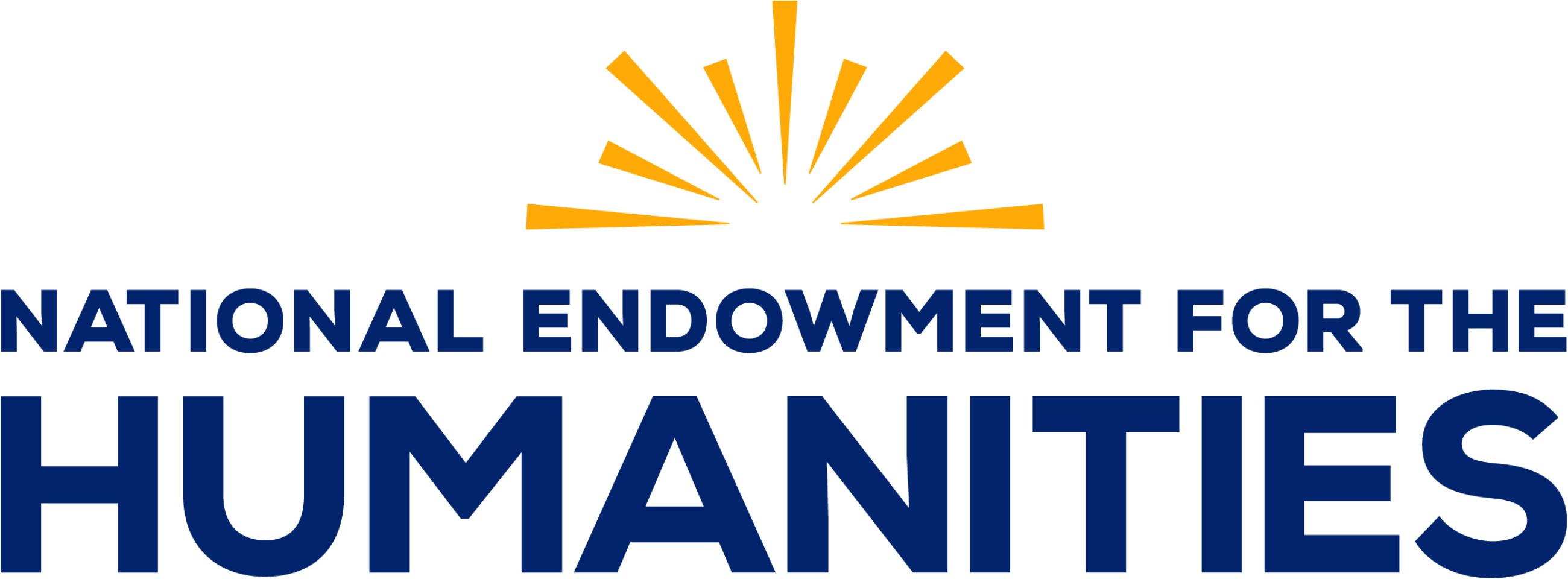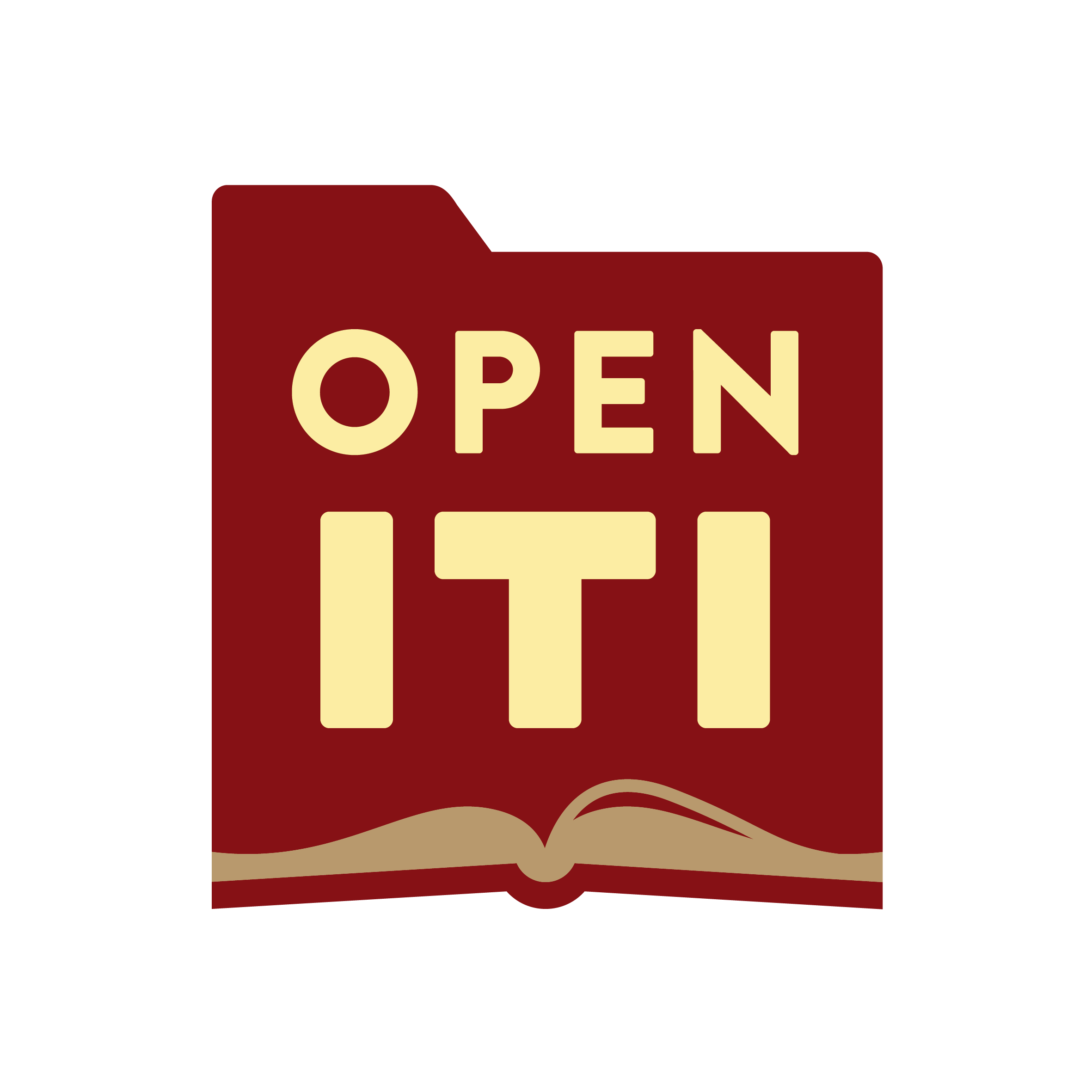As one of the main components of my work as part of the OpenITI team I spend a great deal of time every day interacting with digitized Islamicate manuscripts: Arabic, Persian, Ottoman Turkish, along with a scattering of other languages, vernacular tongues that began to be written down in earnest during the early modern period. To be sure, a lot of my daily encounters with these works is fairly perfunctory: scouring catalogs, scrolling through thumbnails, looking for particular scripts, hands, layout styles, not necessarily with great attention to the semantic content or the fine details of the paratextual apparatus. Much of this time during any given week I devote to transcribing texts, working line by line, lemma by lemma, sometimes rapidly, sometimes slowly and painfully, depending on the legibility of the scribe and my familiarity with the script style and the textual content. I’d like to think that I also spend a decent amount of time thinking, actively or passively as the case may be, about the nature of these texts and of the material objects themselves and their often quite complex “life histories,” yet I am always aware that I could do a better job of that sort of participation and encounter.
This essay—which lies between the scholarly and the subjective, so to speak—is really just my thinking out loud about that work of participation and encounter, and what such seemingly mundane, even rote, scholarly work might actually mean phenomenologically and ethically. I realize this little essay is perhaps a bit out of the ordinary from what we have been featuring in these digital pages thus far, and I beg the reader’s forbearance—we’re going in some rather different directions, into the heart of what it is we do as scholars in the humanities and what our work might, or might not, mean. But first, let’s look at a couple of manuscripts.
I encountered the above image recently quite serendipitously, having located a digitized manuscript, Jarring Prov. 358, that contains an Islamic hagiography that looked interesting for my own personal research interest purposes. We’re also always looking to expand our transcription data sets in terms of languages and script styles, so I though I would work through a couple pages of the manuscript in detail, teasing out its paleographic particularities. The folio comes from a majmū’ah, a “collective volume” of diverse texts, written at some point in the nineteenth century in the Eastern Turki language (which depending on who you ask could also be described as Chaghatai or even an early form of modern Uighur), somewhere in what is now northwestern China (Eastern Turkistan or Xinjiang, depending on who you ask). Like many such collective volumes, it has a hodge-podge of material, reflecting the particular interests of the scribe, or, possibly, someone who commissioned the compilation. Sometimes referred to as ‘single volume libraries,’ these volumes are important sources in reconstructing pre-print modes of textuality and intellectual and cultural life, and sometimes give clues to even more personal kinds of emotional and physical engagement with the contents of texts.
As I read the catalog description—helpfully detailed u t, which they are not always—I alighted upon an interesting detail, the inclusion of a depiction of the ‘seal of prophethood’ and so scrolled to the folio indicated. The image above is of the scribe’s depiction of the ‘seal,’ a venerable feature in Islamic devotional literature that comes in many iterations, tracing back in some way or another to the concept, articulated in ḥadīth and sīrah literature, of a physical ‘seal’ impression on Muhammad’s body which in some way verified to observers his possession of prophecy, images of the seal often appearing in early modern devotional literature. The seal in the above manuscript owes much of its particular form to the development of another, related tradition, that of the ḥilye, or verbal description, of Muhammad, which by the seventeenth century had taken on the role of a sort of textual icon for veneration and display. The following 18th century Ottoman example, from Chester Beatty T 463, also purports to be the ‘seal of prophecy,’ incorporating elements of the hilye format in a way quite similar to the Eastern Turki instance above, though there are interesting differences: this version has four roundels with the names of Muhammad’s wives, whereas the Eastern Turki version above has the four rightly guided caliphs. The semantic content inside the seal is also different, though suggest a relationship of common sources and ideas.
Now, there are probably other things that could help to explain the historical evolutionary dynamics that resulted in these images of the seal of prophecy, but I will leave them aside for the moment. What is most important for my main purpose here is to understand that for the individual who set pen to paper, and for all of the people—there is no way for me to know how many, whether just the scribe who penned the volume, or perhaps many people over the years—this particular image was a source of power and protection, an objection of veneration. The evidence is there on the page: the discoloration and obvious signs of wear and tear that overlay the depiction, rendering the right-hand side roundels with the names of the four rightly-guided caliphs a bit blurred. The same sort of discoloration occurs at the lower left hand corner of the folio, keying us in on its origin: the marks of fingers (and perhaps lips as well) touching and rubbing this page, feeling it and smudging the ink, transferring the traces of earth and oil and whatever else to the page, conveying time and place to page. The users of this volume sought to express their veneration of Muhammad, and their desire for the prophylactic power reputed to lie in the image, through this ‘tactile’ engagement.
Which is to say, real flesh and blood humans held this little volume, which I now explore via my screen ‘handling’ it digitally, unable to touch it, in their hands, feeling and pressing against its materials, perhaps smelling the scent that no doubt arose, and still arises, from its paper and its binding materials. When they reached this page—the only such devotional image in the manuscript—I can imagine they stopped, or perhaps they went straight to it at times, skipping all the other material. Did they say a prayer, utter an intention, as they kissed or touched the page? What sorts of dreams, fears, hopes, everyday anxieties, did people carry as they held this volume and left their marks upon the page? Did this volume rest in an alcove until times of need or fear, did it move about some village or town of Eastern Turkistan, perhaps avoiding the periodic bouts and stretches of violence and conflict that have marked the region’s modern history for so many years now? In 1930 it was purchased by a European collector, and made its way into an archive; most likely it has since remained inert, no more traces of devotion to be added to its pages since then. Why was it sold? What stories might this single page tell of its life history, of tears and blood and dust and sun?
‘Manuscript’ literally means ‘written by hand,’ which when you think about applies to pretty much all writing in one way or another (I am typing this by hand, typography was set by hand, and so forth), but of course we understand what is actually meant by the term: the active encounter of real human hands with physical pages, with pen and ink or whatever the precise materials in question, directly manipulated and without the intermediary of metal type or its digital equivalent. The traces of hands upon the page are direct, in some cases not even mediated by ink and pen as above. There is an intimacy, a particular connectivity, to anything done by hand, writing in particular. Writing always, even if it is very faint, carries a trace of the particular person, what we call a scribal ‘hand,’ the signature in the forms and flows of the letters. The tactile traces of the hand are more anonymous, but also in some way more intimate—they often mark places of care and concern, from the finger flutings in clay of Paleolithic cave sanctuaries to the worn traces of tactile care and love on a child’s stuffed animal. And they are often concurrent with kissing, with the tracing of the lips upon others and upon certain substrates, as in devotional images and texts in particular.
To stand before the historical traces of other people’s hands, of their fingers stretched out in an act of devotion, or the page brought up to lips for a gentle kiss—is a small act on our part of encounter, of finding, often serendipitously, the presence of the other, even if now long removed from this mortal sphere. The traces of love and devotion linger on. It is incumbent on us in the present to pay attention to those traces, and to hold in mind and heart that they represent real human persons, dimly reflected in our screens or contained within an archive or a historical site. Such encounters and realizations can, and should, heighten our ability to listen and to be present and attentive here in the present to those we encounter daily; perhaps unexpectedly, scholarly practice can flow into the practice of love, building upon the traces and works of love and care in the past, finding ways to realize similar works in our own mechanical age.
‘What are the humanities for’ is a perennially fraught question, and one I am not really going to try to answer here; I am not entirely sure there is an answer, in fact. There are times—the last few weeks have certainly been among them—that one can feel that the asking of such questions is almost obscene, beside the point, though where one goes from there is not particularly clear either. I do not want to try and locate some overarching ‘utility’ to the humanities, in fact, I would suggest that it is in the cultivation of non-use, of non-utilitarian encounter and understanding (or attempted understanding, the work of cultivating one’s self and one’s aptitudes and suites of perception), of a certain receptiveness and even a listening silence before the Other, before even the scattered and tattered traces of the Other: that is, perhaps, the main ‘utility’ of the humanities, it is what we ‘contribute’ both to ourselves and, we hope, to others with whom we come into contact or who encounter our work.
Perhaps our work can only take meaning when the ultimate referent of its use lies elsewhere than the work per se, not in the formation of a solution for some overarching problem, not as an offer of help or a plan of action, but as a fundamental shaping of ourselves and of all who wish to be so shaped, into an attitude of reception and presence.
These reflections do not feel entirely satisfying, I’ll be the first to admit. As I write, there are veritable oceans of violence and hatred surging across the world, with the promise of worse things to come. Does any of what we do as scholars mean anything? Is it all just so much self-involved busy work, the opiates of the intellectuals? Are attempts to justify ourselves only so much self-congratulation and avoidance of what really matters? We may justly wonder whether the cultivation of reception, presence, of the difficult work of understanding, can after all only go so far, that they cannot prevent pogroms and massacres and bombings and rising tides of anger and hatred. It would be absurd to suggest that humanistic scholarship can provide one-stop answers to such things, or that we can absolutize the attitudes and dispositions we cultivate as scholars to every sphere of activity. Still, I do believe that our work has, or at least can have, meaning, and that in the face of violence and disorder and all the rest the slow and steady cultivation of understanding and of encounters with other humans quite distant from us are things worth doing, that in the long-run they can indeed shape situations and polities and cultures. The benefits are not easily or immediately quantifiable, they cannot be condensed into a spreadsheet, but that does not make them less real. To pause before the traces of the other, and to apply one’s self to enter into the life and thought and emotions of distant human beings—these are good and worthwhile things, and are steps in the right direction, even if they do not contain the entirety of the journey.
Note to readers: this is a modified version of an essay that appeared on my Substack site last week; I have adjusted and expanded it somewhat for this venue. The ideas here are of course entirely my own and do not necessarily reflect official OpenITI positions.





